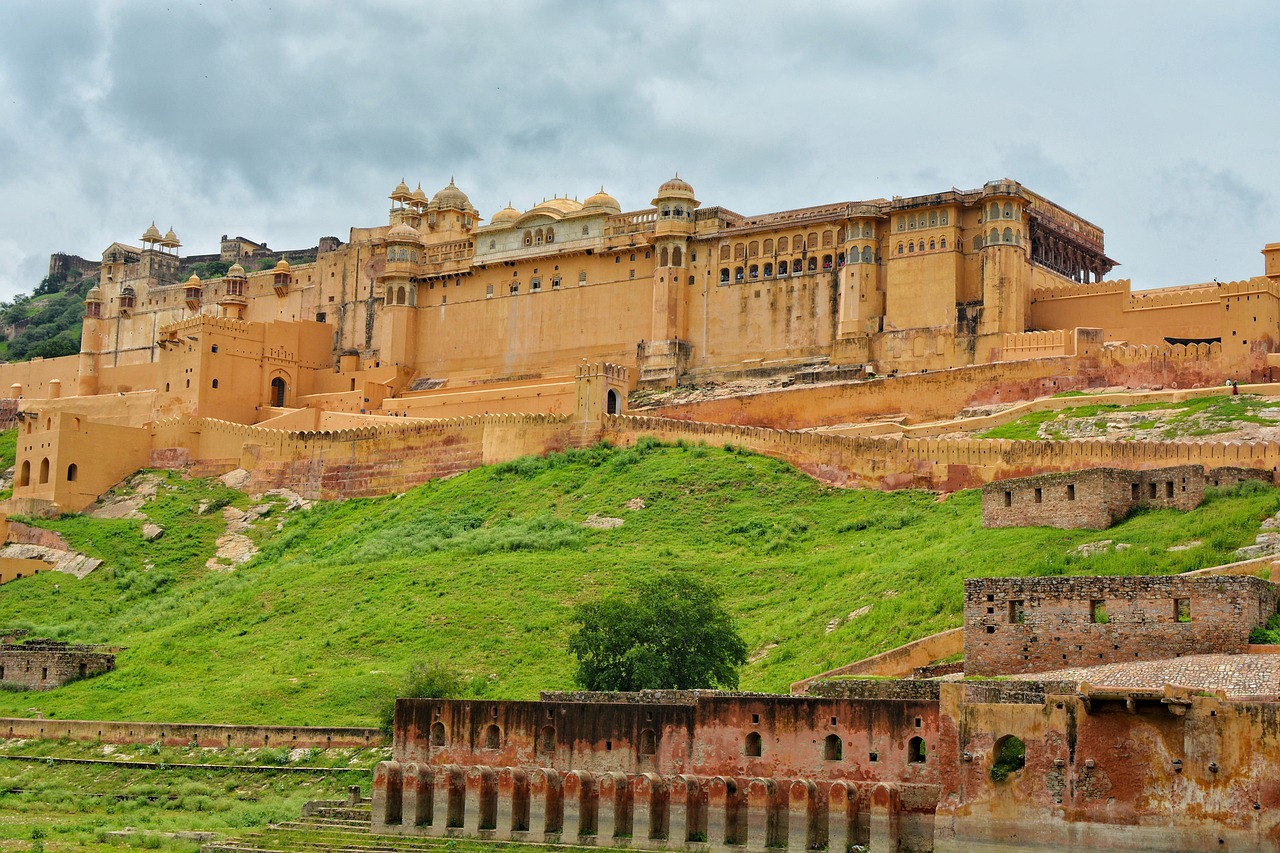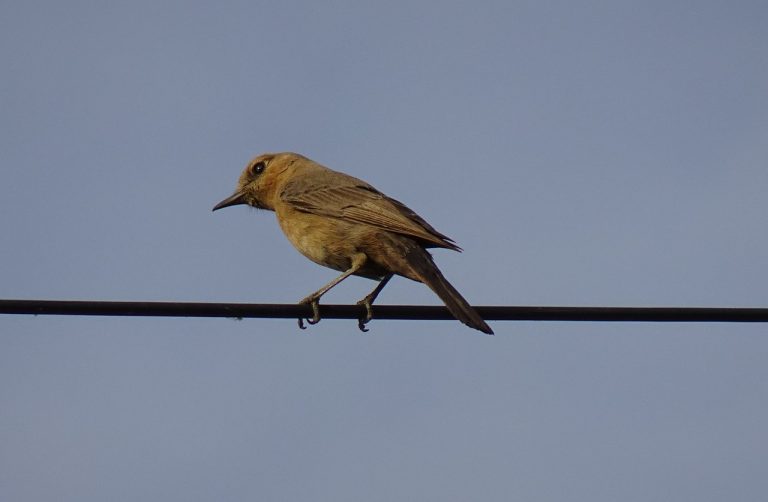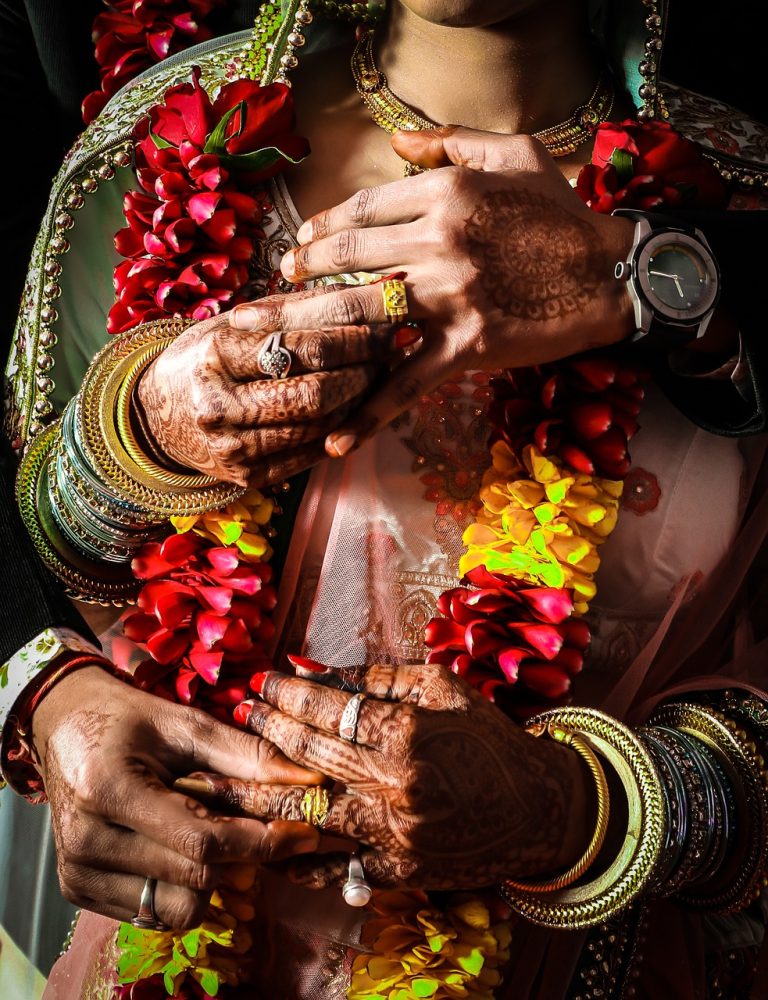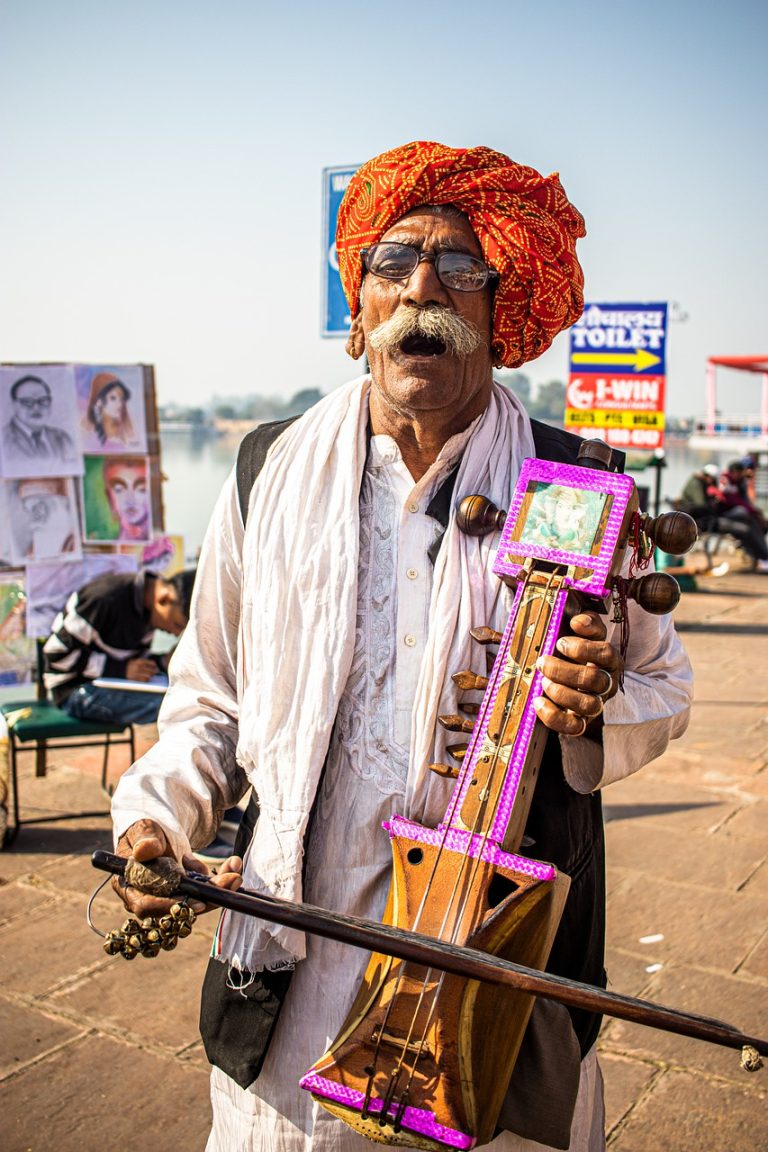Jaipur India Video
The Cultural Evolution of Jaipur India
Jaipur, also known as the Pink City, is the capital of the Indian state of Rajasthan. It is a city with a rich cultural heritage that has evolved over centuries. From its magnificent palaces and forts to its vibrant festivals and arts, Jaipur offers a glimpse into the glorious past and the vibrant present of Rajasthan. This article explores the cultural evolution of Jaipur, showcasing its historical significance, architectural marvels, artistic traditions, festivals, cuisine, and more.
Historical Significance
- Amer Fort: Built in the 16th century, Amer Fort is a UNESCO World Heritage Site. It showcases the fusion of Rajput and Mughal architectural styles.
- City Palace: Located in the heart of Jaipur, the City Palace is a magnificent complex that reflects the city’s royal heritage.
- Hawa Mahal: Known as the Palace of Winds, Hawa Mahal is an iconic structure in Jaipur.
- Jantar Mantar: Jantar Mantar is an astronomical observatory built by Maharaja Jai Singh II.
The fort’s grandeur lies in its intricate carvings, mirror work, and breathtaking views of Maota Lake. It served as the residence of the Rajput Maharajas and is a prominent symbol of their power.
With its stunning courtyards, gardens, and museums, the City Palace offers visitors a chance to explore the opulence of the Rajput rulers.
Its unique architecture features small windows and screens that allowed royal women to observe the city’s bustling streets without being seen.
It houses a collection of architectural instruments that were used to study celestial bodies. Jantar Mantar is a UNESCO World Heritage Site and a testament to Jaipur’s scientific advancements.

Architectural Marvels
- Jaigarh Fort: Built in the 18th century, Jaigarh Fort is known for its massive walls and impressive cannon foundry.
- Nahargarh Fort: Perched on the Aravalli Hills, Nahargarh Fort provides a stunning view of Jaipur’s skyline.
- Albert Hall Museum: The Albert Hall Museum is the oldest museum in Rajasthan.
- Jal Mahal: Situated in the middle of Man Sagar Lake, Jal Mahal is a stunning palace that appears to float on the water.
The fort offers panoramic views of the Aravalli Hills and houses the world’s largest cannon on wheels, Jaivana.
It was originally built as a defense fort and later transformed into a pleasure palace. The fort is a popular spot for picnics and sunset views.
It houses a vast collection of artifacts, including miniature paintings, sculptures, and arms and armor. The museum is a treasure trove of Rajasthan’s cultural heritage.
It showcases a unique blend of Rajput and Mughal architectural styles and offers a serene escape from the bustling city.

Artistic Traditions
- Block Printing: Jaipur is famous for its traditional block-printed textiles.
- Blue Pottery: The art of blue pottery originated in Jaipur and is known for its vibrant blue and white designs.
- Miniature Paintings: Jaipur is renowned for its miniature paintings, which depict scenes from mythology, royal life, and nature.
- Jewelry: Jaipur is a hub for jewelry making, especially Kundan and Meenakari jewelry.
Skilled artisans use intricately carved wooden blocks to create beautiful patterns on fabrics, which are then dyed using natural colors.
Artisans create pottery using a unique blend of quartz and glass, resulting in exquisite pieces of art.
Artists use vibrant colors and delicate brushwork to create intricate masterpieces that showcase Rajasthan’s rich artistic heritage.
Skilled artisans create stunning pieces adorned with precious gemstones, enameling, and intricate designs.
Festivals and Celebrations
- Jaipur Literature Festival: The Jaipur Literature Festival is one of the world’s largest literary events.
- Elephant Festival: The Elephant Festival is a unique event held during Holi, the festival of colors.
- Teej Festival: Teej is a monsoon festival celebrated by women in Jaipur.
- Diwali: Diwali, the festival of lights, is celebrated with great enthusiasm in Jaipur.
Writers, thinkers, and book lovers from around the globe gather to engage in discussions, debates, and cultural exchanges.
Elephants adorned with vibrant colors and ornaments participate in a procession, showcasing the cultural significance of these majestic creatures.
Women dress in colorful attire, sing traditional songs, and participate in processions to honor the goddess Parvati.
Homes and streets are adorned with colorful lights, fireworks illuminate the sky, and families come together to celebrate the triumph of light over darkness.

Cuisine
- Daal Baati Churma: A traditional Rajasthani dish, Daal Baati Churma consists of baked bread (baati) served with lentil curry (daal) and a sweet crumbled cereal (churma).
- Ghewar: Ghewar is a popular Rajasthani sweet made with flour, ghee, and sugar syrup.
- Laal Maas: Laal Maas is a spicy meat curry made with red chilies and a blend of aromatic spices.
- Kachori: Jaipur is famous for its crispy and flavorful kachoris.
The dish is a culinary delight that reflects the flavors and simplicity of Rajasthani cuisine.
It is often enjoyed during festivals and celebrations and is known for its unique texture and taste.
It is a signature dish of Rajasthan and reflects the region’s love for bold flavors.
These deep-fried pastries are filled with a variety of savory fillings, such as spiced lentils or onions, and are a popular street food.
Conclusion
Jaipur, with its rich cultural heritage, architectural marvels, artistic traditions, vibrant festivals, and delectable cuisine, offers a captivating experience to visitors. The city’s cultural evolution is evident in its historical landmarks, traditional arts and crafts, and lively celebrations. Exploring Jaipur is like stepping into a world where history and culture blend seamlessly, leaving a lasting impression on all who visit.
References
- rajasthan.gov.in
- jaipur.rajasthan.gov.in
- jaipurtourism.co.in
- timesofindia.indiatimes.com
- indianexpress.com







